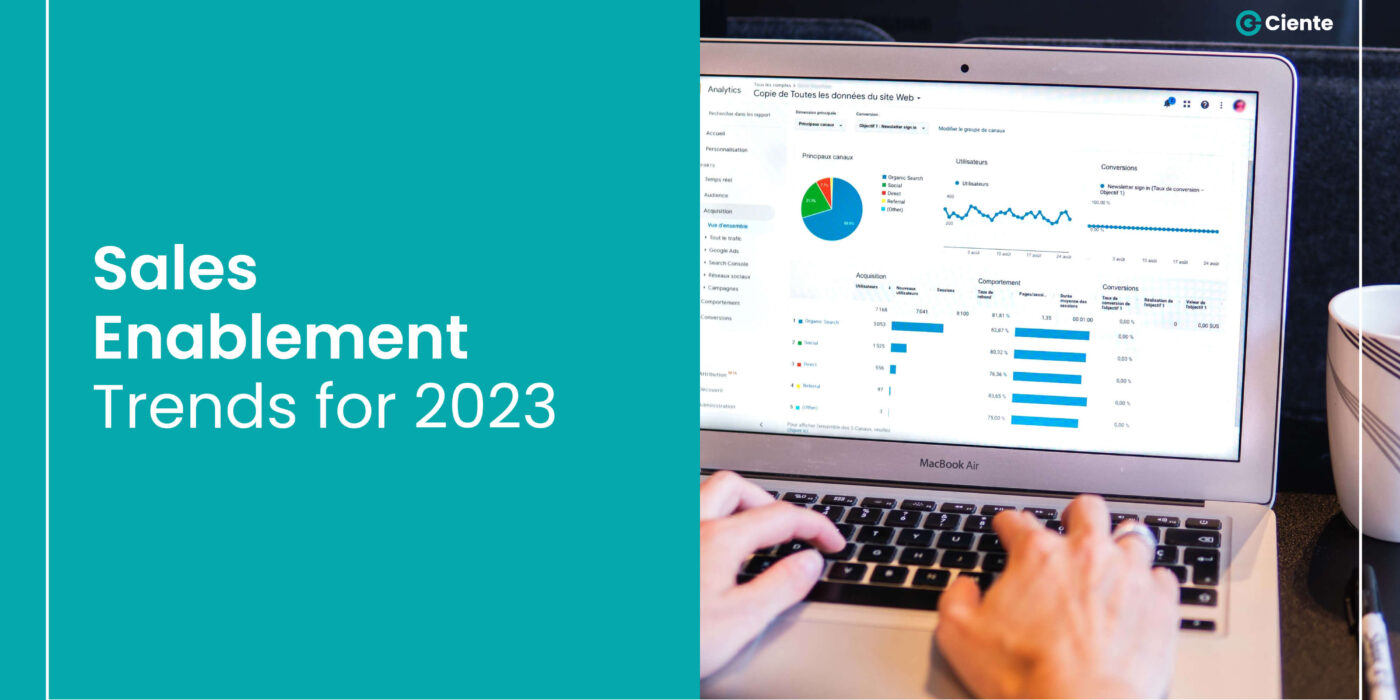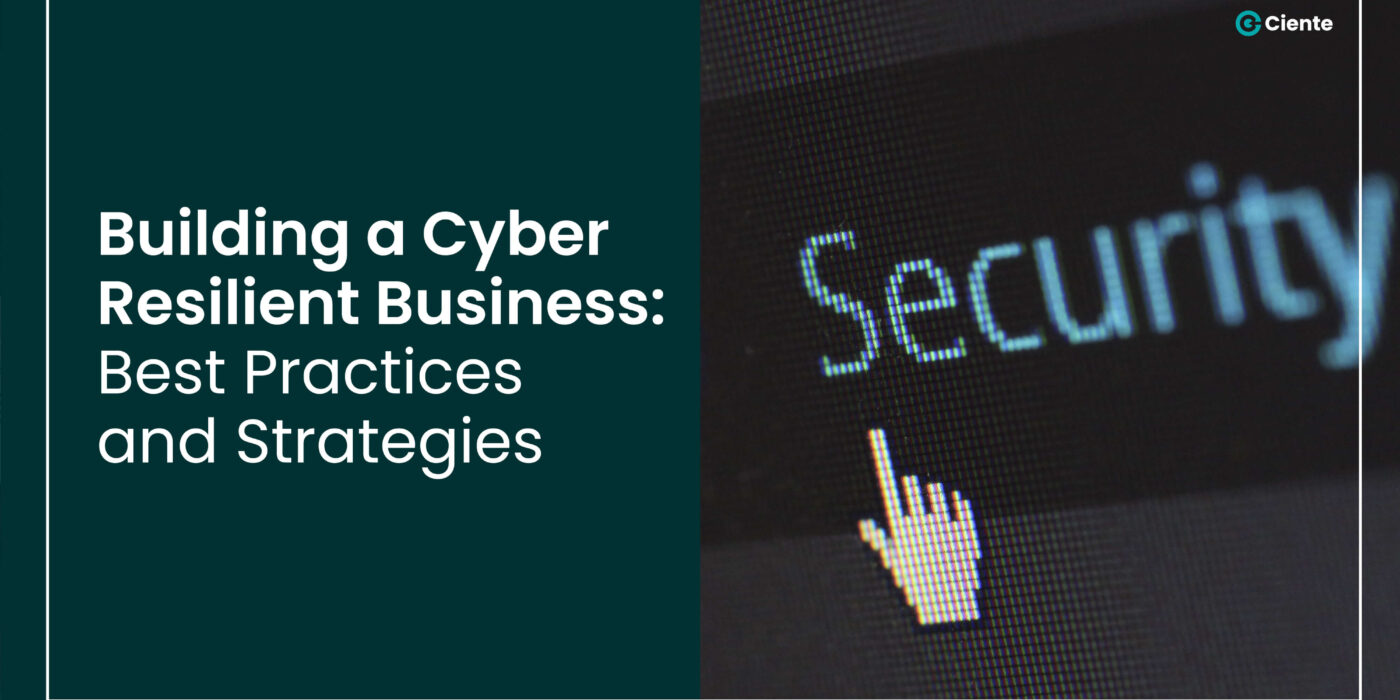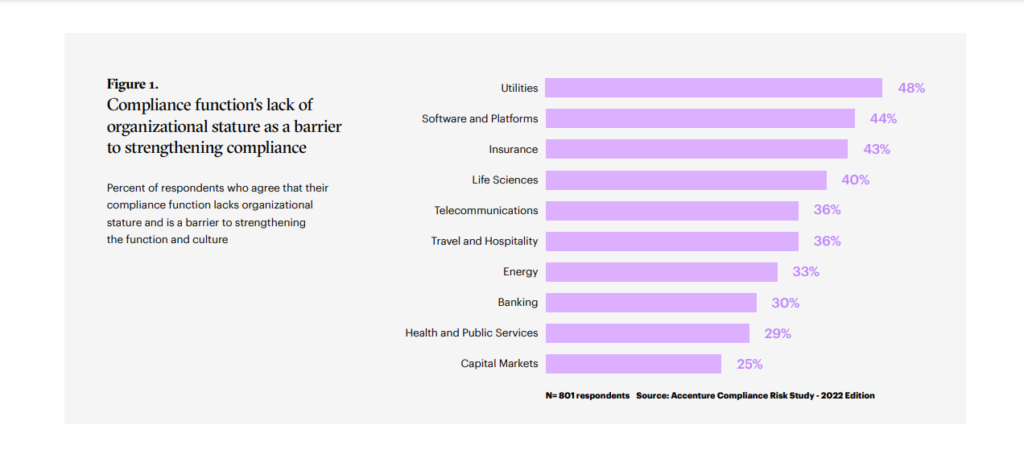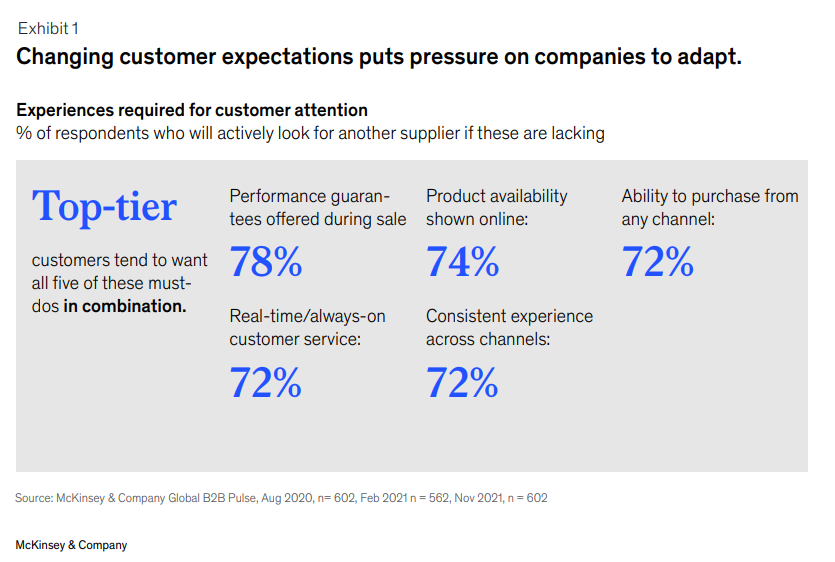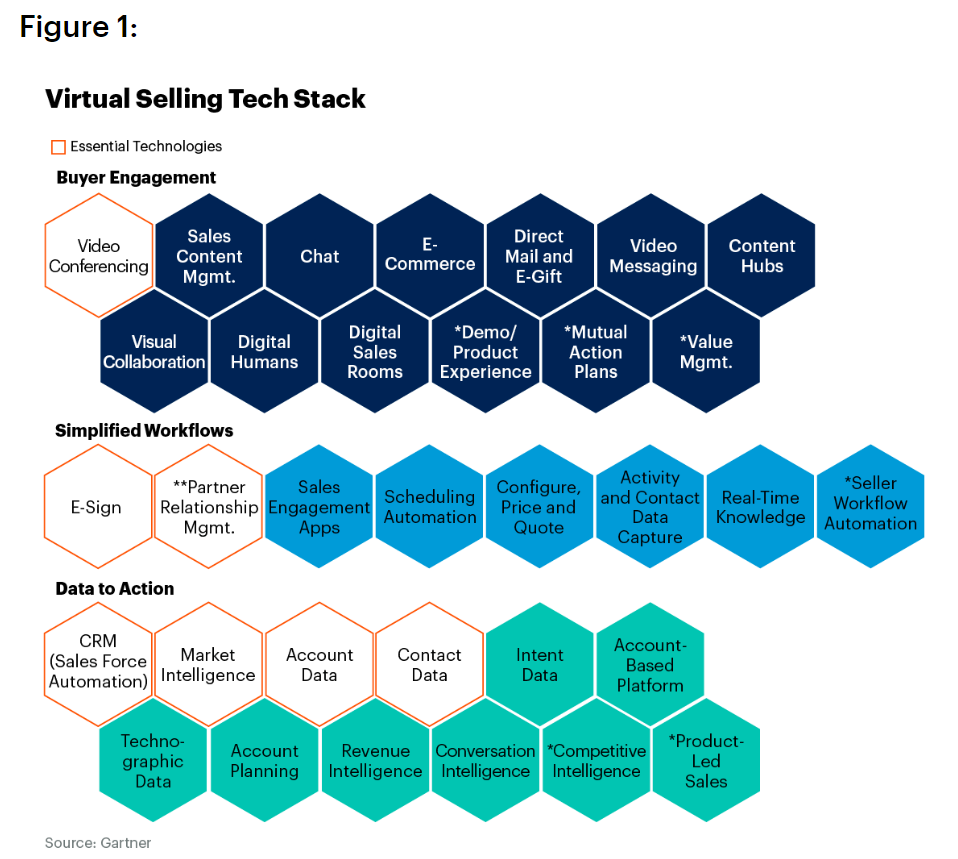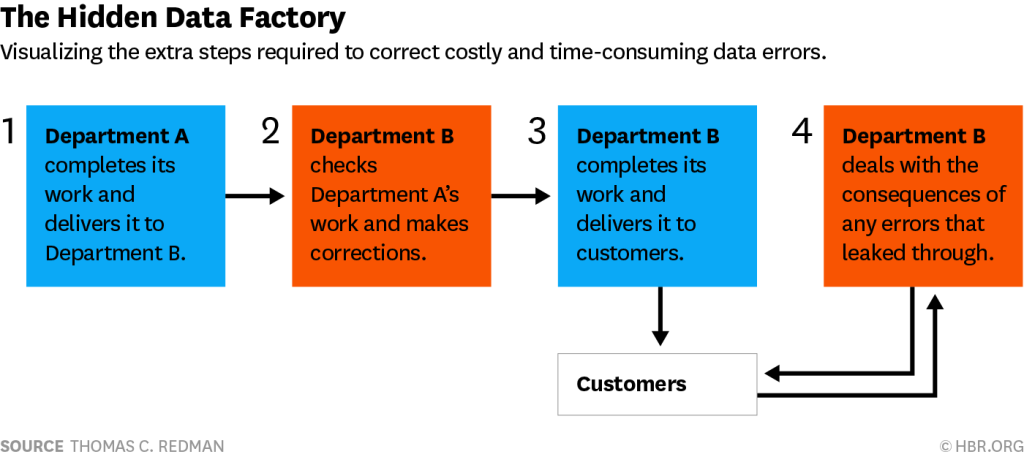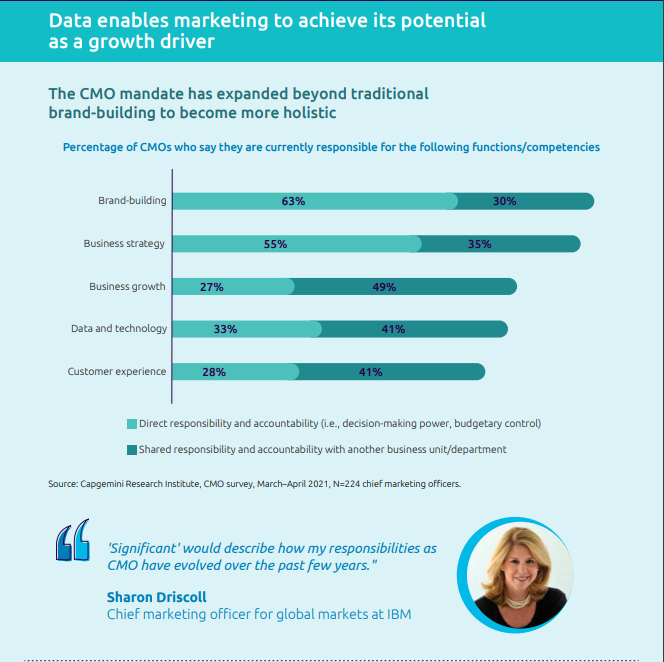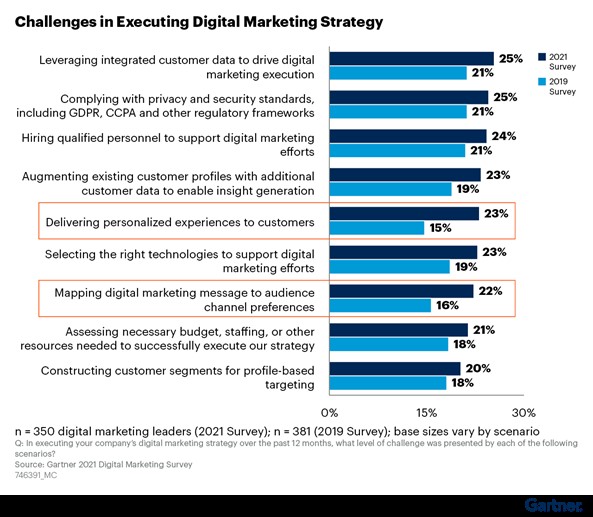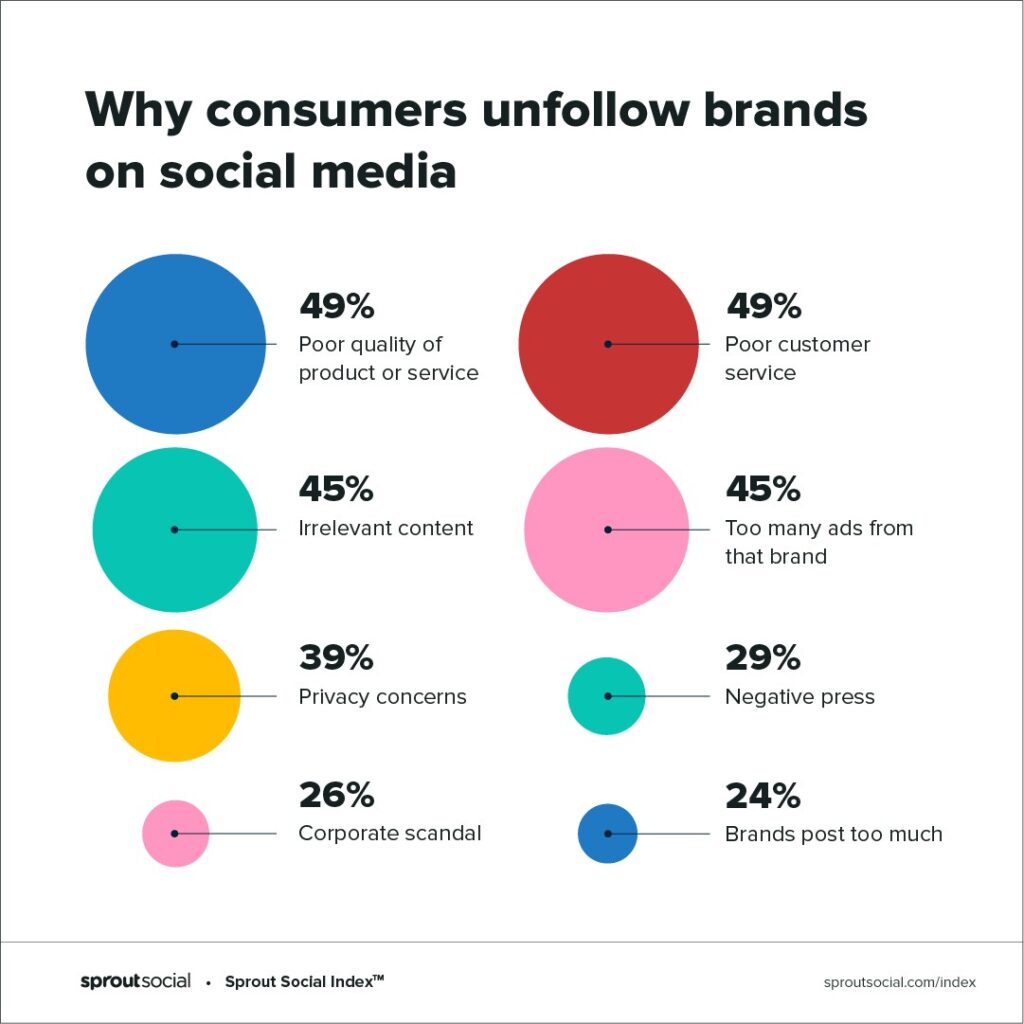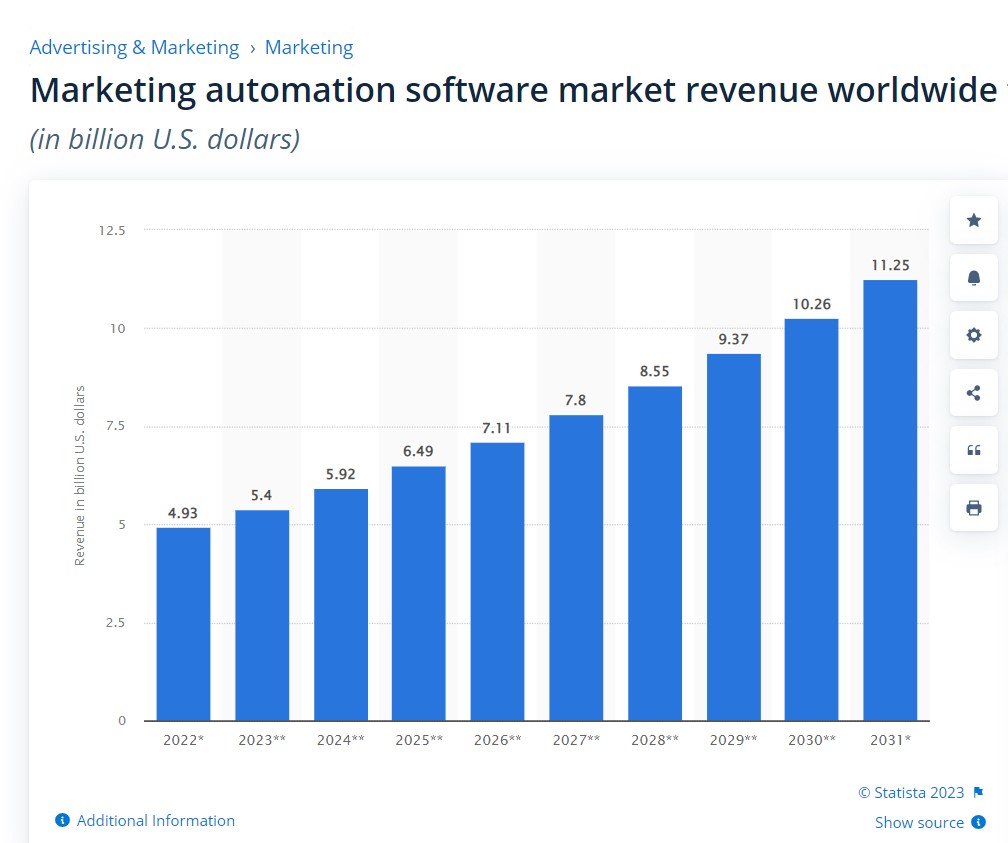Sales Enablement Trends for 2023
The future of B2B sales is hybrid. Since B2B buyers are using more channels, B2B sellers must, too.
Sales Enablement Trends
Over the past few years, the B2B purchasing journey has undergone a significant transformation and become more intricate. With customers now having more power, they prefer conducting their own digital research while multiple parties are frequently involved in making purchasing decisions.
Over the past few years, the B2B purchasing journey has significantly transformed and become more intricate. Customers now have more power, so they prefer conducting their own digital research while multiple parties are frequently involved in purchasing decisions.
Introduction
As you embark on your journey to devise your company’s sales enablement strategies for 2023, you may be curious about the expected outcomes of your current sales plan.
AI and machine learning are now prevalent, and with tools like ChatGPT leading the way, more sales organizations are incorporating these technologies into their selling procedures. A Press Release by Gartner predicts that by 2025, 75% of business-to-business (B2B) sales organizations will incorporate artificial intelligence (AI) guided selling solutions into their traditional sales strategies. AI technology will play an essential role in understanding their customers’ needs and behaviours to make more informed sales decisions.
By implementing an effective sales enablement program, you can empower your sellers to consistently meet prospects’ and customers’ demands and meet their targets.
Buckle up for the advent of the latest sales enablement trends in 2023
As the corporate terrain transforms rapidly, you must keep abreast of the latest sales enablement trends to promote revenue growth.
According to a Salesforce report, an overwhelming 82% of vendors have had to expeditiously adjust their selling approaches in response to global challenges such as inflation, supply chain disruption, and health safety measures. These trials and tribulations have necessitated expeditious modifications to their standard operating procedures.

This year, companies will confront fresh challenges and opportunities within the sales sphere, from fluctuating customer expectations to nascent technologies. Here are some of the most salient trends that are poised to make a significant impact in 2023.
The rise of AI-enabled selling
Sales enablement is no longer just a functional process or focusing on distributing the right content to the reps at the right time. We see an increased interest in the marketplace in utilizing artificial intelligence as part of sales enablement.
AI-powered solutions will help further streamline the process of driving successful sales conversations. Ultimately, it’s all about enabling all those incredible sellers out there, so they can act truly customer-centric and drive top-line revenue.
This can include automating repetitive tasks, providing real-time data and insights, and helping salespeople identify new opportunities. Buyers anticipate brands to support their research on multiple channels, including— email, social media, or other budding channels. The Salesforce report also indicates that 57% of purchasers prefer communicating with enterprises through digital channels. Companies have disclosed that approximately one-third of the agreements they seal is entirely virtual.

- Chatbots and virtual assistants that help qualify leads and schedule appointments
- Predictive analytics tools that enable sales teams to forecast sales and identify high value prospects
- Personalization and recommendation engines that help salespeople tailor messaging and personalize product offerings for individual customers.
Focused engagement while improving retention
In the contemporary B2B world that has been altered by the pandemic and current economic turmoil, obtaining and retaining talented sales professionals has become a persistent challenge.
A report indicates that in many organizations, the sales enablement function is under the jurisdiction of the Chief Sales Officer (CSO). In contrast, the Chief Revenue Officer (CRO) and Chief Growth Officer (CGO) share the responsibility for 25% of organizations. This shift signifies a larger trend towards a more cohesive relationship between sales and marketing.

One of the most effective ways of maintaining sales representatives’ motivation and involvement is by crafting a sales enablement program that fosters a positive seller experience. A sales advisory council may be established to encourage team feedback, give voice to your representatives and gain insight into building a solid sales culture.
Sales enablement must also evolve to shift to virtual work environments and the growing customer preference for online sales.
Sales playbooks and training sessions should include remote selling techniques and educate reps on using digital tools effectively. Employees must be trained and developed to increase their confidence in their job performance, ultimately maximizing their productivity. Regular coaching should be provided to help salespeople allocate their time and resources, and best practices from top performers should be shared.
Furthermore, enablement-led onboarding procedures may strengthen your sales team by minimizing ramp time and increasing engagement levels for new representatives.
Hybrid Selling: The New Norm for Sales Enablement
The Covid-19 pandemic has changed the game for sales. Remote selling has become the norm, and a hybrid approach that combines in-person and remote interactions is the new standard. Dubbed “Hybrid Selling,” this approach has gained traction due to customer demand for remote-first engagement and the preference of sales reps for this flexible format.
Modern B2B customers seek a balance between the personal touch of in-person interactions and the convenience of remote contact via phone or video. According to an Mckinsey article, over 90% of companies are adopting hybrid selling as their go-to approach, focusing on remote-first engagement. This omnichannel approach offers greater flexibility, scalability, real-time engagement, and profitability than traditional methods.
In today’s world, where remote work is becoming more and more prevalent, hybrid selling is the way forward for sales enablement. By embracing a mix of in-person and remote interactions, companies can connect with prospects more effectively and efficiently than ever before.
Thanks to advanced technology and seamless connectivity, digital engagement is now on par with an in-person meeting. Hybrid selling is here to stay because it simply works. Remote sales reps can reach up to four times more prospects than traditional face-to-face interaction, generating up to 50% more revenue.
Editor’s note
Investing in AI-aided sales enablement platforms has long been considered an additional business expense. However, this mindset may require reconsideration. Sales enablement solutions allow high-performing sales teams to stay ahead of the curve. These technological tools seamlessly integrate with pre-existing enterprise systems, ensuring ease, effectiveness, and use efficiency. Data-driven decision-making boosts revenue growth, and this is particularly significant when customers are cautious about their spending habits in anticipation of an impending global economic downturn. They require unequivocal proof of the value of a company’s products and services before committing to a purchase. You just cannot stay still in enablement. You require constant drive and pure innovation to adapt sales methods to current realities for staying ahead.

